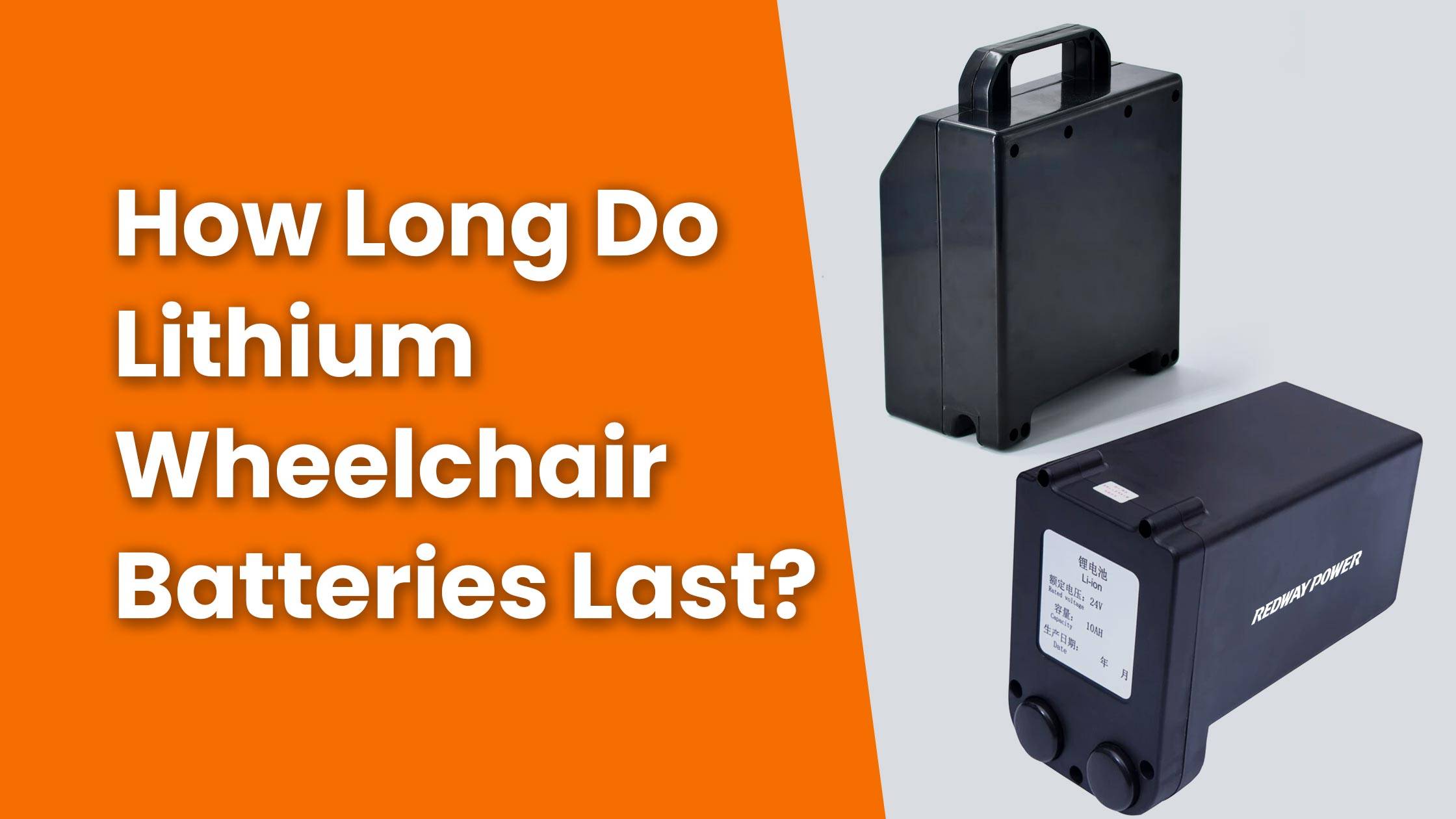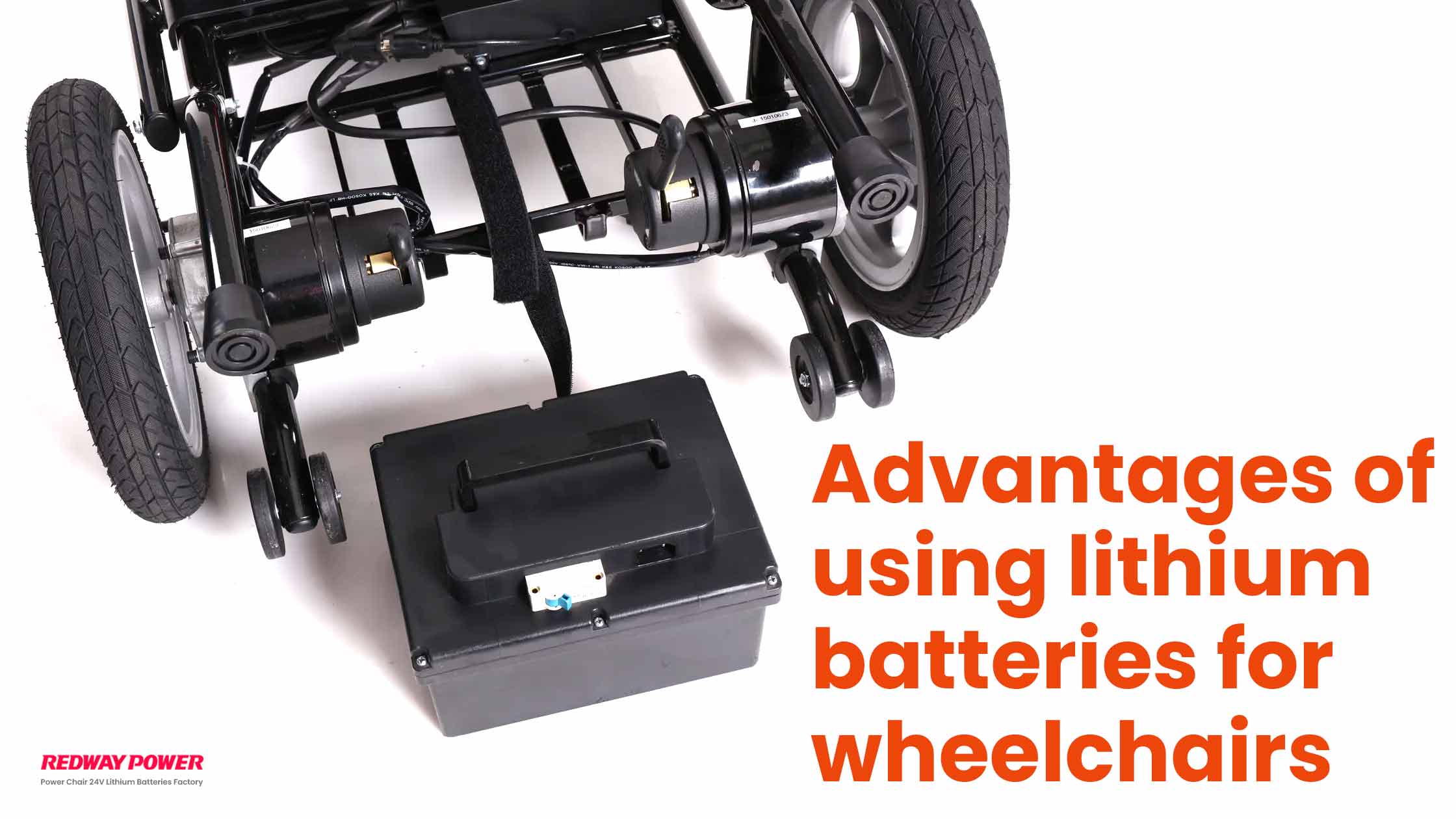- Forklift Lithium Battery
-
48V
- 48V 210Ah
- 48V 300Ah
- 48V 420Ah (949 x 349 x 569 mm)
- 48V 420Ah (950 x 421 x 450 mm)
- 48V 456Ah
- 48V 460Ah (830 x 630 x 590 mm)
- 48V 460Ah (950 x 421 x 450 mm)
- 48V 460Ah (800 x 630 x 600 mm)
- 48V 460Ah (820 x 660 x 470 mm)
- 48V 500Ah
- 48V 560Ah (810 x 630 x 600 mm)
- 48V 560Ah (950 x 592 x 450 mm)
- 48V 600Ah
- 48V 630Ah
-
48V
- Lithium Golf Cart Battery
- 12V Lithium Battery
12V 150Ah Lithium RV Battery
Bluetooth App | BCI Group 31
LiFePO4 Lithium
Discharge Temperature -20°C ~ 65°C
Fast Charger 14.6V 50A
Solar MPPT Charging - 24V Lithium Battery
- 36V Lithium Battery
- 48V Lithium Battery
-
48V LiFePO4 Battery
- 48V 50Ah
- 48V 50Ah (for Golf Carts)
- 48V 60Ah (8D)
- 48V 100Ah (8D)
- 48V 100Ah
- 48V 100Ah (Discharge 100A for Golf Carts)
- 48V 100Ah (Discharge 150A for Golf Carts)
- 48V 100Ah (Discharge 200A for Golf Carts)
- 48V 150Ah (for Golf Carts)
- 48V 160Ah (Discharge 100A for Golf Carts)
- 48V 160Ah (Discharge 160A for Golf Carts)
-
48V LiFePO4 Battery
- 60V Lithium Battery
-
60V LiFePO4 Battery
- 60V 20Ah
- 60V 30Ah
- 60V 50Ah
- 60V 50Ah (Small Size / Side Terminal)
- 60V 100Ah (for Electric Motocycle, Electric Scooter, LSV, AGV)
- 60V 100Ah (for Forklift, AGV, Electric Scooter, Sweeper)
- 60V 150Ah (E-Motocycle / E-Scooter / E-Tricycle / Tour LSV)
- 60V 200Ah (for Forklift, AGV, Electric Scooter, Sweeper)
-
60V LiFePO4 Battery
- 72V~96V Lithium Battery
- Rack-mounted Lithium Battery
- E-Bike Battery
- All-in-One Home-ESS
- Wall-mount Battery ESS
-
Home-ESS Lithium Battery PowerWall
- 24V 100Ah 2.4kWh PW24100-S PowerWall
- 48V 50Ah 2.4kWh PW4850-S PowerWall
- 48V 50Ah 2.56kWh PW5150-S PowerWall
- 48V 100Ah 5.12kWh PW51100-F PowerWall (IP65)
- 48V 100Ah 5.12kWh PW51100-S PowerWall
- 48V 100Ah 5.12kWh PW51100-H PowerWall
- 48V 200Ah 10kWh PW51200-H PowerWall
- 48V 300Ah 15kWh PW51300-H PowerWall
PowerWall 51.2V 100Ah LiFePO4 Lithium Battery
Highly popular in Asia and Eastern Europe.
CE Certification | Home-ESS -
Home-ESS Lithium Battery PowerWall
- Portable Power Stations
How Long Do Lithium Wheelchair Batteries Last?

Lithium wheelchair batteries typically last between 18 months and 10 years, depending on usage and maintenance practices. Their longevity is influenced by factors such as charging habits, environmental conditions, and how frequently the wheelchair is used. Understanding these aspects can help users maximize battery life and ensure reliable mobility.
What is the average lifespan of lithium wheelchair batteries?
On average, lithium wheelchair batteries have a lifespan ranging from 2 to 10 years. Most users can expect around 3 to 5 years with proper care and usage. This lifespan is significantly longer than traditional lead-acid batteries, which typically last only 12 to 18 months.
| Battery Type | Average Lifespan |
|---|---|
| Lithium | 2 – 10 years |
| Lead-Acid | 12 – 18 months |
What factors influence the lifespan of lithium wheelchair batteries?
Several key factors affect how long lithium wheelchair batteries will last:
- Charging Habits: Regularly charging the battery and avoiding deep discharges can extend its life.
- Usage Patterns: Frequent use or heavy loads can accelerate wear and reduce lifespan.
- Environmental Conditions: Extreme temperatures (both hot and cold) can negatively impact battery performance.
- Maintenance Practices: Regular checks and proper care, such as cleaning terminals, help maintain battery health.
| Factor | Impact on Lifespan |
|---|---|
| Charging Habits | Positive/Negative |
| Usage Patterns | Positive/Negative |
| Environmental Conditions | Negative |
| Maintenance Practices | Positive |
How do lithium batteries compare to other types of wheelchair batteries?
Lithium batteries outperform traditional lead-acid batteries in several ways:
- Lifespan: Lithium batteries can last up to ten times longer.
- Weight: They are lighter, improving overall mobility.
- Charging Time: Lithium batteries charge faster than lead-acid options.
- Energy Efficiency: They provide more usable energy throughout their discharge cycle.
| Feature | Lithium Batteries | Lead-Acid Batteries |
|---|---|---|
| Average Lifespan | 2 – 10 years | 12 – 18 months |
| Weight | Lighter | Heavier |
| Charging Time | Faster | Slower |
| Energy Efficiency | Higher | Lower |
What are the advantages of using lithium batteries in wheelchairs?
Lithium batteries offer several advantages for wheelchair users:
- Longer Lifespan: Reduced frequency of replacements saves money over time.
- Lightweight Design: Easier to handle and transport.
- Fast Charging: Quick recharge times mean less downtime.
- Consistent Power Output: Maintains performance even at lower charge levels.
How can you extend the lifespan of your lithium wheelchair battery?
To maximize the lifespan of your lithium wheelchair battery:
- Follow Proper Charging Techniques: Avoid overcharging and deep discharging.
- Keep It Clean: Regularly clean battery terminals to prevent corrosion.
- Store Properly: If not in use, store in a cool, dry place away from extreme temperatures.
- Monitor Performance: Keep an eye on range and charging times; address any issues promptly.
What maintenance practices should be followed for optimal battery performance?
Regular maintenance is crucial for ensuring optimal performance:
- Daily Charging: Charge daily if used regularly; avoid letting it drop below 20%.
- Periodic Inspections: Check for any signs of wear or damage on terminals and connections.
- Temperature Monitoring: Ensure that the battery operates within recommended temperature ranges.
Industrial News
The electric mobility market is increasingly shifting towards lithium-based solutions due to their superior performance characteristics compared to traditional lead-acid batteries. Manufacturers are focusing on developing more efficient lithium technologies that enhance energy density and reduce weight, making electric wheelchairs more user-friendly and efficient.
Redway Power Expert Views
“Transitioning to lithium batteries in wheelchairs not only improves mobility but also enhances overall user experience,” states a Redway Power expert. “Understanding how to care for these batteries is essential; proper maintenance can significantly extend their lifespan.”
FAQ Section
- How often should I replace my lithium wheelchair battery?
Typically every 3 to 5 years, depending on usage patterns and maintenance. - Can I use my wheelchair while charging the battery?
It’s generally recommended to charge when not in use for safety and efficiency. - What should I do if my battery isn’t holding a charge?
Check connections, ensure proper charging practices, and consider replacing the battery if issues persist. - Are there specific brands known for reliable lithium wheelchair batteries?
Yes, brands like Redway Power and others specialize in high-quality lithium solutions for mobility devices.














